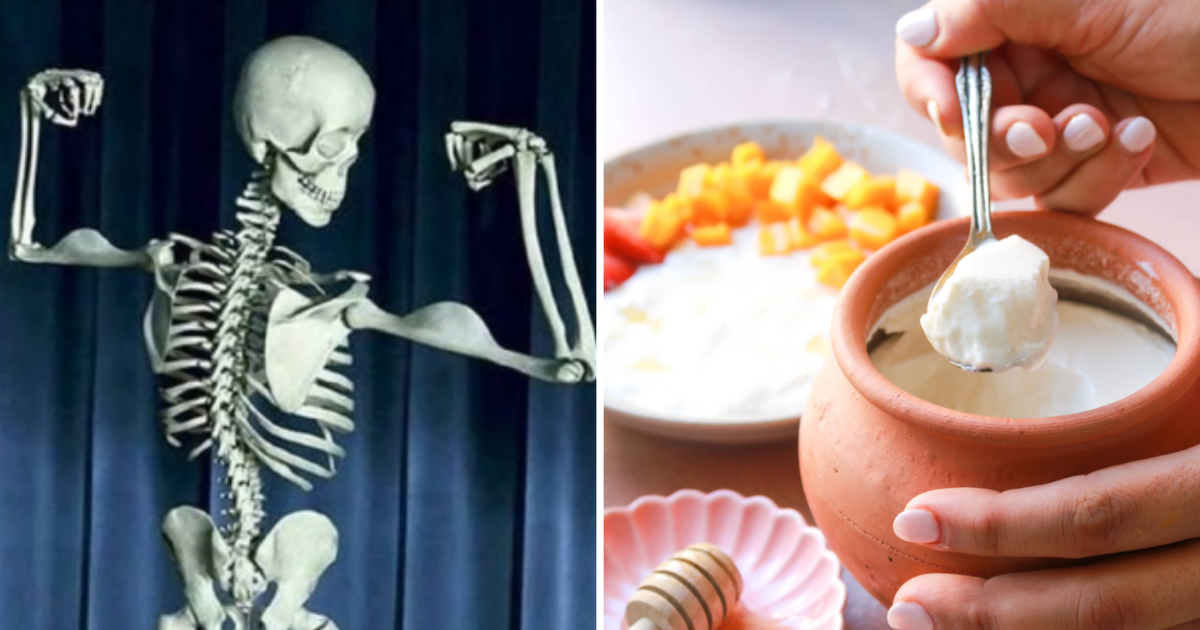Yogurt contains many nutrients like vitamins A, C and D that help strengthen the immune system. It also contains probiotics, which are living microorganisms that are beneficial for the digestive system. The calcium and phosphorus elements of yogurt protect against osteoporosis.
Ayurveda expert Dr. Robin Sharma According to Dr., curd has countless benefits but 99% of people use curd in the wrong way. The doctor believes that to increase the power of curd, you should know how to use it correctly.
Increases bone strength
According to the doctor, consuming calcium-rich curd strengthens bones and teeth and improves their functioning. Vitamin D is also found in it, which increases the absorption of calcium.
What is the right way to eat curd
Eat curd like this to prevent navel from slipping
Mixing turmeric and jaggery in curd and having it in breakfast in the morning relieves the problem of frequent navel slippage. Its consumption also provides relief from IBS and constipation.
Eat this to get rid of burning sensation in hands and feet

If you are feeling a burning sensation in your hands and feet, then you should rub curd water on your palms and soles. By doing this, you can get relief from burning sensation.
The correct Ayurvedic way of eating curd

According to the doctor, curd should never be eaten alone. If you want to double its strength, then you should eat it by mixing things like honey, rock salt and sugar candy in it.
How to eat curd in summer?

The doctor said that curd should never be eaten alone in summer. The best way to eat curd in summer is to mix it with water and drink it by making lassi or raita.
Disclaimer: This article is for general information only. It cannot in any way be a substitute for any medicine or treatment. Always consult your doctor for more information.
`; articlesDiv.innerHTML += articleHTML; }); } // Initialize and render feeds fetchAndRenderFeeds();






